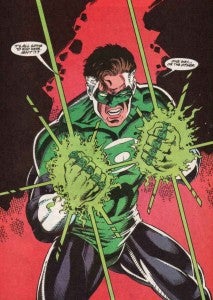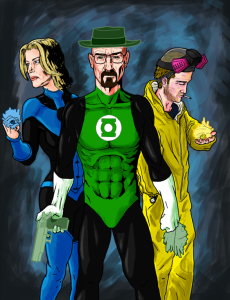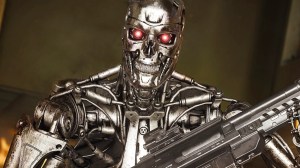Videos by ComicBook.com
Flashback with me, if you will, to 1993.Hal Jordan, the star of DC Comics’s Green Lantern series, is widely considered too boring and whitebread for most people. This depiction might go all the way back to his portrayal as the stodgy right-winger in the old Green Lantern/Green Arrow “odd couple” comics from the ’70s, but whatever caused it, DC had a very difficult time shaking the impression.Things probably weren’t helped any when Emerald Dawn–the publisher’s attempt to reinvent Hal as someone more complex and relatable and frequently compared to John Byrne’s Superman reboot Man of Steel–gave the hero a drinking problem and a troubled backstory…but also graying hair, placing him squarely older than most of his fellow DC heroes. Suddenly he was the Reed Richards of the DC Universe; in a post-Crisis on Infinite Earths world where the publisher had de-aged almost everyone (not unlike the New 52), Hal inexplicably stayed the same age, even though he lost much of his history in the process. It was like the worst of all worlds, and it made him even more dull and generic in the eyes of many fans.That was especially true as Image rose to prominence. Savage Dragon was being bloodied and impaled on the page and Rob Liefeld’s dynamic art style didn’t yet have the same stigma attached to it that it later would–so M.D. Bright and Gerard Jones’s fairly staid interpretation of Hal in his own monthly book seemed a bit lifeless compared to a lot of what else was on the market, especially what was on the market with single- and double-digit issue numbers.











